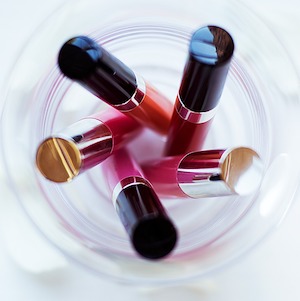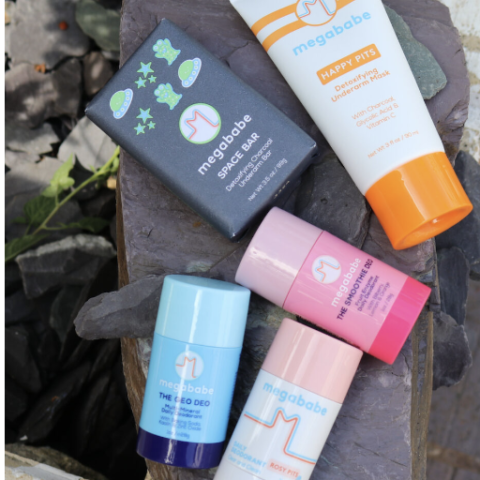Key Factors to Consider When Choosing Between Botox and Fillers: A Guide to Aesthetic Decisions
By Jo Phillips
When considering cosmetic enhancements, the decision between Botox and dermal fillers is a common dilemma. Both treatments are minimally invasive and can provide significant improvements to aging skin, but they operate in distinctly different ways and are suited to different types of skin concerns. Botox is primarily used to relax muscles that contribute to wrinkles formed by facial expressions, such as frown lines and crow’s feet. Meanwhile, fillers are designed to plump and add volume to the face, addressing issues like thinning lips or hollow cheeks.
Each treatment option comes with its own set of considerations, including longevity, cost, and desired effects. Botox results tend to last three to four months, whereas the effects of fillers can endure from six months to over a year depending on the type used. It’s also important to be aware of potential side effects and the qualification of the professional you choose for the procedure. Understanding the key differences between Botox and fillers is essential in making an informed decision that aligns with your aesthetic goals.
● Botox relaxes muscles to smooth wrinkles, while fillers add volume to facial features.
● Consider treatment longevity, costs, and possible side effects before deciding.
● Choose a qualified professional for safe and effective treatment.
Understanding Botox and Fillers
When deciding between Botox and fillers, it’s vital to understand their distinct characteristics, address specific aging concerns, and have clarity on procedure details as well as expected results.
Botox, or botulinum toxin, is a neurotoxin that works by blocking nerve signals that cause muscles to contract. This treatment is most effective for dynamic wrinkles which are lines that appear due to facial expressions, such as crow’s feet, forehead lines, and frown lines. Fillers, on the other hand, are substances designed to add volume and smooth out static wrinkles, which are lines visible when your face is at rest. Dermal fillers often contain ingredients like hyaluronic acid, calcium hydroxylapatite, or collagen.
Botox is primarily used to reduce the appearance of dynamic wrinkles and fine lines by relaxing the facial muscles. In contrast, fillers aim to restore volume to areas like cheeks, lips, and jawline, as well as soften static wrinkles and lines. Fillers can also be used as a preventative measure to maintain a youthful appearance by addressing the underlying aging process that causes skin to lose its elasticity.
Both Botox and filler treatments involve injections that are generally quick and can be performed during a brief office visit to a professional such as plastic surgeons or dermatologists. For Botox, the process includes targeting specific facial muscles, while filler injections aim to add fullness to the skin. It’s imperative to consult with a board-certified provider to discuss your desired outcome and ensure safety and efficacy of the treatment, as both are FDA-approved procedures.
Expected Results and Longevity
The results of Botox can last around 3 to 4 months before a follow-up treatment is needed. Fillers can provide a longer-lasting effect, typically from 6 months to over a year, depending on the type of filler used. Both treatments offer benefits such as improved appearance and aging signs, but it’s crucial to consider the longevity and maintenance involved. While risks are minimal, they do exist and should be discussed with a healthcare provider.
For a deeper understanding of these two minimally invasive injections, you might want to consider a further comparison of Botox vs. Fillers. Remember, an in-person consultation is the best way to determine which treatment aligns with your unique aesthetic goals.
Factors in Choosing the Right Option
Before deciding between Botox and fillers, it’s essential to consider various factors to ensure the chosen treatment aligns with your skin needs and aesthetic desires. The following are key aspects to help guide your decision.
Assessing Skin Type and Concerns
Your skin type and specific concerns are fundamental in selecting an appropriate treatment. For dynamic wrinkles that occur from facial movements, Botox is effective as it relaxes muscles. If the concern is loss of volume or static wrinkles, fillers might be the better option to restore fullness.
Evaluating Provider Qualifications
It’s crucial to choose a provider with the right qualifications. A licensed professional, such as board-certified dermatologists or plastic surgeons, should perform the procedure. Their expertise can minimize risks like bruising, infection, and allergic reactions.
Understanding Individual Aesthetic Goals
Identify what you wish to achieve with your treatment. Whether it’s smoothing out expression lines for a more youthful appearance or adding contour and plumpness to your face, your aesthetic goals will dictate which treatment is most suitable.
Other considerations include the longevity and maintenance of the treatment. Botox typically requires touch-ups every three to four months, while certain fillers can last longer. Also, consider personal health conditions, such as potential allergies, and whether you are or could be pregnant, as these factors influence the safety and efficacy of the treatment.
In deciding between Botox and fillers, it’s important to understand their distinct functions: Botox effectively addresses dynamic wrinkles, while fillers enhance facial volume and tackle static wrinkles. Weighing the longevity of the results, recovery time, and potential side effects will help in making an informed choice suited to your aesthetic goals. Consulting with a qualified professional will provide tailored advice, ensuring you achieve the desired outcome while prioritizing safety.



